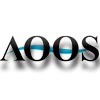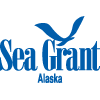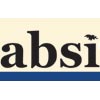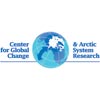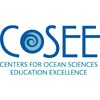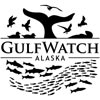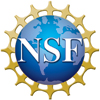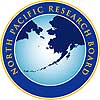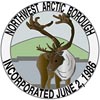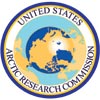Three out of four Alaskans across 175 communities live either along the state’s coastline or along the rivers that bridge freshwater and marine coastal environments. Alaskans understand the dynamic nature of our coasts and watersheds, and depend on the long-term health of these resources for food, recreation and economic value. With climate change impacting Alaska, an accelerated pace of environmental change has heightened interest in local observations.
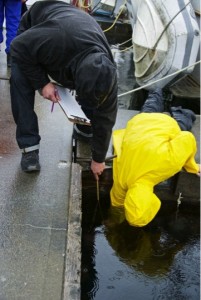
Community volunteers took 200 samples in the Ketchikan area for early detection of invasive marine species during a 2013 bioblitz event. Photo by Deborah Mercy, UAF.
Recognizing the critical role of long-term environmental monitoring as a means to understand and adapt to change, community-based monitoring (CBM) programs are being initiated by a number of government, nonprofit and tribal entities in communities across Alaska. Programs and applications range from water quality monitoring by tribes to be included in the U.S. Environmental Protection Agency database, to monitoring shellfish for harmful algal toxins by communities through Alaska’s Department of Environmental Conservation, to the Smithsonian-sponsored monitoring of non-indigenous species such as tunicates or European green crab.
CBM programs are an attractive means to collect environmental data because of their relatively low costs, and because of the community education, engagement and stewardship that often accompany successful programs. New programs are being initiated regularly both by organizations outside Alaska and within Alaskan communities. Guidance for ongoing and new CBM programs will ensure that they are high quality and culturally appropriate, meet local needs, are designed to actually collect data of value, and eventually return data to those collecting it. Establishing best practices and improving coordination and communication across multiple efforts will not only improve individual programs, but also help funders, managers and participants to clarify what they want to gain from specific programs and how best to achieve those results from available resources.

